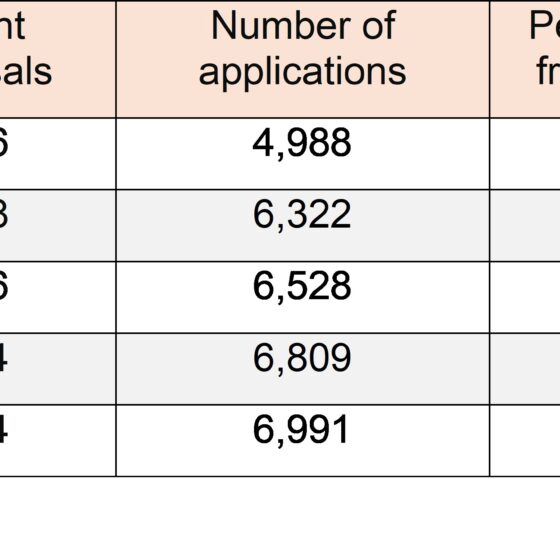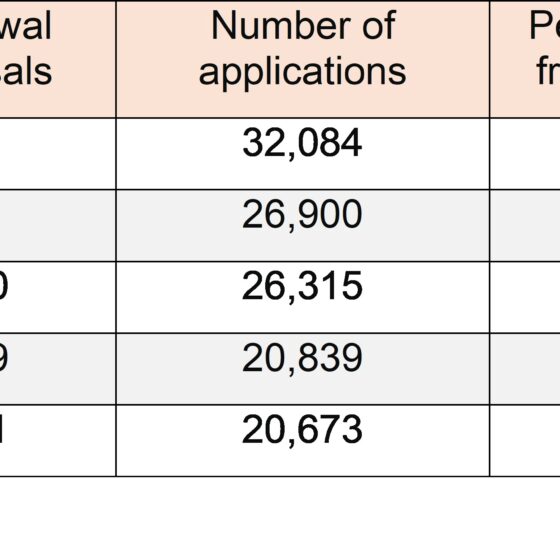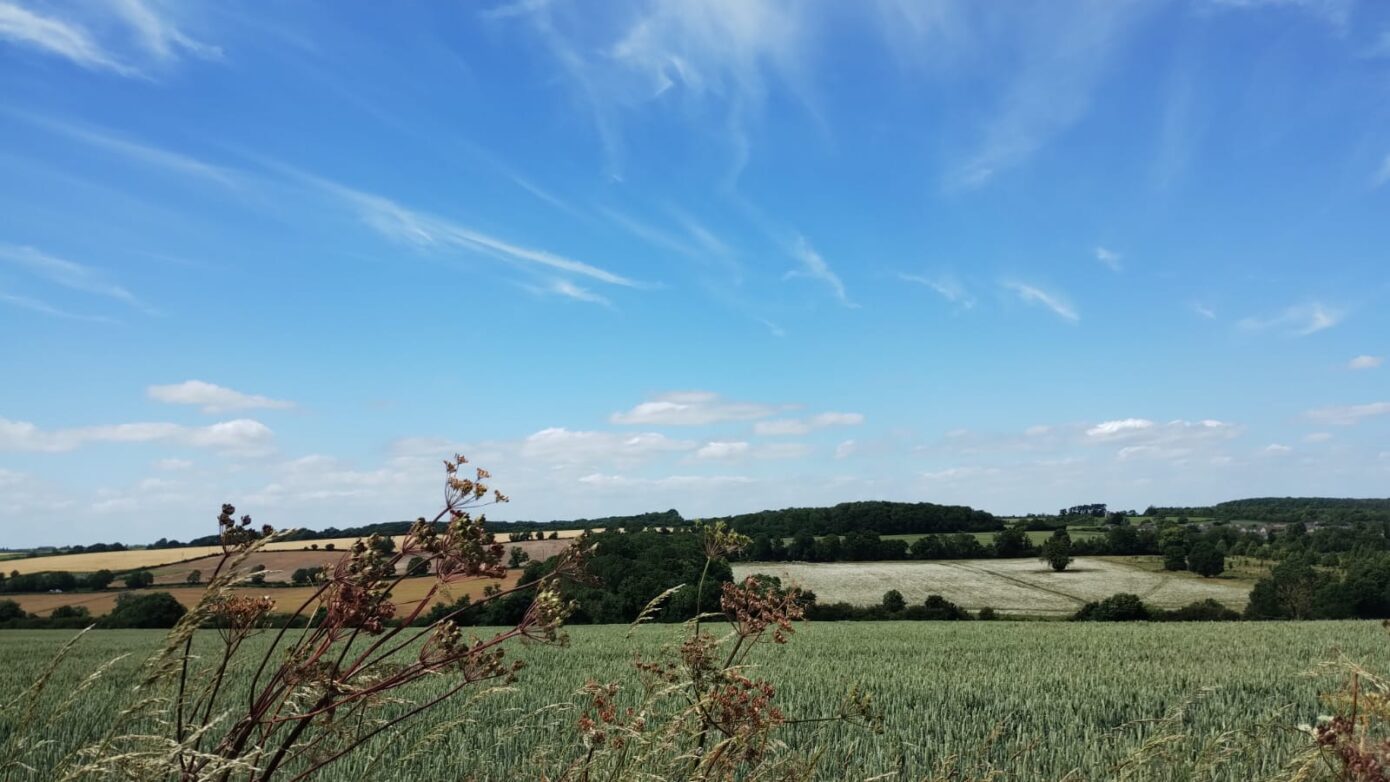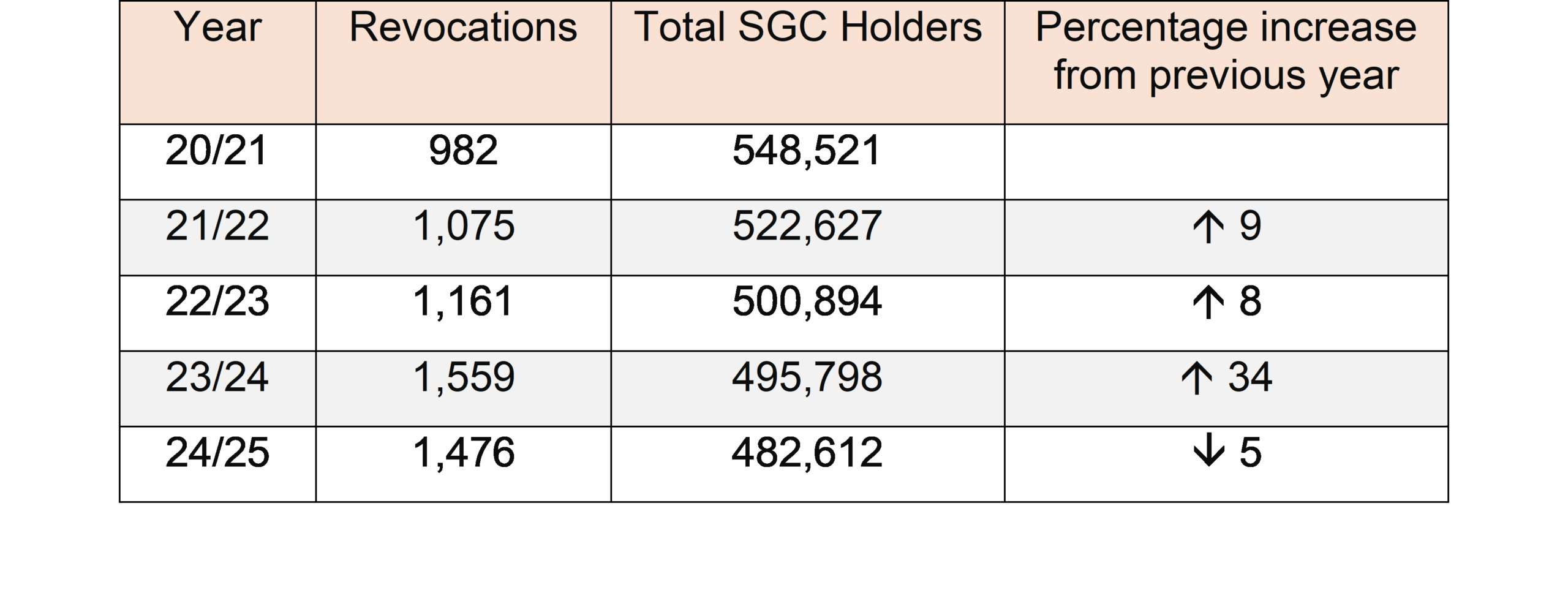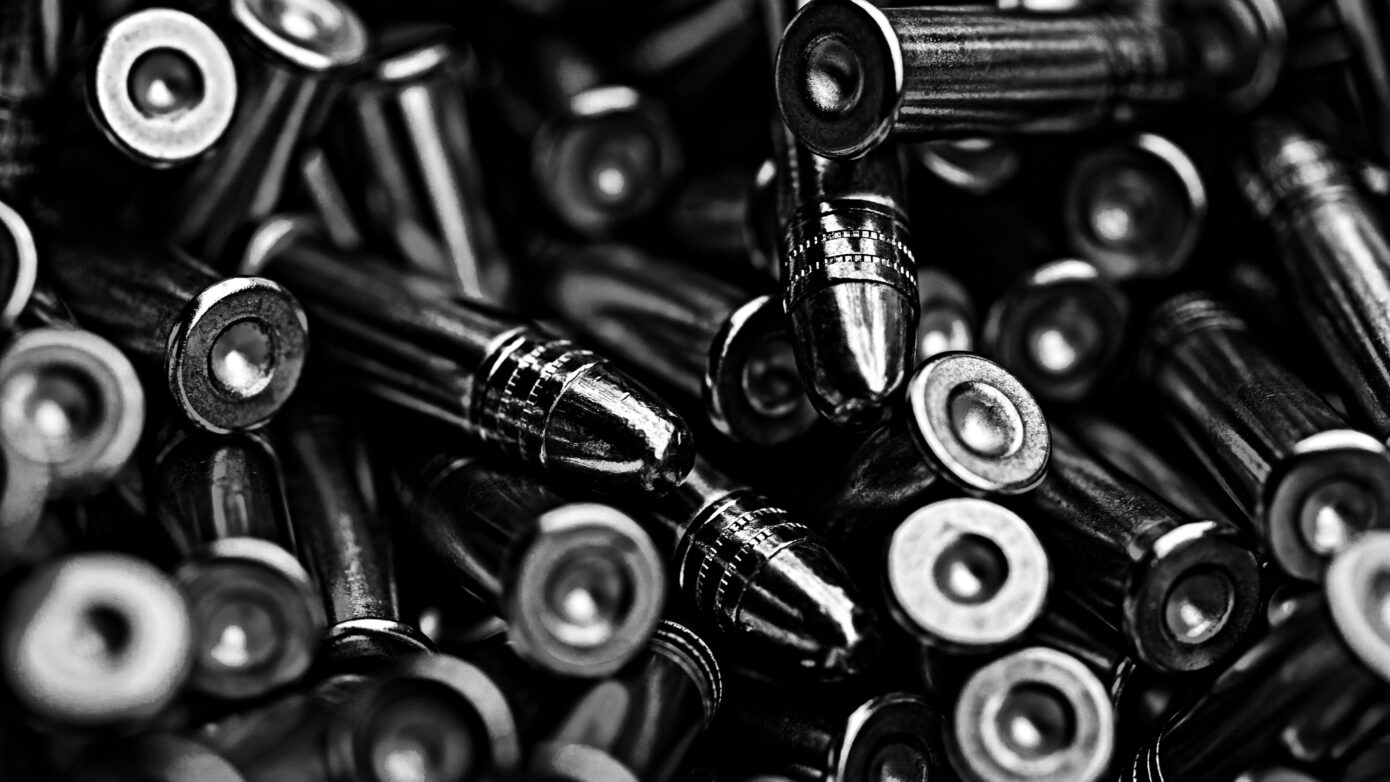Introduction
This guide is intended for certificate holders, FEOs, legal professionals, and anyone seeking a structured understanding of UK firearms law.
It brings together the most authoritative materials that shape firearms licensing into one place.
It covers everything from statutory guidance and operational practice to foundational legislation and security expectations.
Each section provides a brief overview and direct access to primary documents, helping everyone navigate the often too complex world of Firearms Licensing.
The order in which I have presented these might seem wrong. Many would argue that the Firearms Act should be at the top as it represents the key legislation in this area. To be honest – they have a point, but I have arranged these in order of those most likely to help you address any issues you might experience.
Subscribers to firearmslicensing.net can access tailored breakdowns and interpretation tools.
This supports our key goal to Support Responsible Shooting and empower everyone to better understand their rights and obligations within the system.
To find out more about subscription options please follow this link.
1) Statutory Guidance
The Statutory Guidance for Chief Officers of Police on Firearms Licensing—revised in February 2023—was introduced to ensure greater consistency across police forces in the application of firearms licensing law. The need for this was first highlighted in 2015 by the “Targeting the Risk” review conducted by His Majesty’s Inspectorate of Constabularies (HMIC) but not implemented until November 2021 (Post Keyham).
The guidance outlines the processes and criteria for assessing an applicant’s suitability to possess firearms or become a Registered Firearms Dealer (RFD). It covers a wide range of checks, including background and medical checks, home visits, referee assessments, and—newly added—social media reviews. It also addresses continuous assessment, unannounced visits, and the handling of renewals, revocations, and appeals.
Importantly, while chief officers retain discretion, any departure from the guidance must be clearly justified on a case-by-case basis.
https://www.gov.uk/government/publications/statutory-guidance-for-police-on-firearms-licensing
2) Home Office Guide on Firearms Licensing Law
The Home Office’s Guide on Firearms Licensing Law (originally published in 2012 and most recently updated in December 2024) provides a comprehensive, non-statutory reference for police forces, firearms licensing professionals, and interested parties. It’s designed to explain the complex framework of UK firearms legislation and should be read alongside the statutory guidance for chief officers of police.
The key areas covered are:
- Licensing Framework: It outlines the legal basis for firearm and shotgun certificates under the Firearms Acts, including eligibility, suitability, and good reason requirements.
- Application Process: Guidance on background checks, interviews, home visits, and the role of medical information and referees.
- Conditions and Revocations: Explains standard and discretionary conditions, revocation procedures, and appeals.
- Firearms Dealers and Clubs: Covers registration, record-keeping, and compliance expectations for dealers and shooting clubs.
- Specialist Topics: Includes sections on antique firearms, prohibited weapons, museum collections, and exemptions (e.g. Section 11(6) clay shoots).
- Recent Updates: The 2024 revision reflects changes such as updated departmental names, guidance on remote sales by dealers, and reinstated exemptions for race starters and clay pigeon shoots.
https://www.gov.uk/government/publications/firearms-law-guidance-to-the-police-2012
3) The Firearms Security Handbook
The Firearms Security Handbook 2020 offers detailed guidance on the secure storage and transport of firearms, shotguns, and ammunition. It’s aimed at certificate holders, firearms dealers, museums, clubs, and police forces.
The key areas covered are:
- Security Principles: Emphasises layered security and proportionality based on risk. It introduces three levels of security, with Level 1 being the baseline for most certificate holders.
- Cabinet Standards: Provides specifications for gun cabinets, safes, and armoury rooms, including construction materials, fixings, and locking mechanisms.
- Special Environments: Offers tailored advice for mobile homes, garages, and shared dwellings.
- Section 5 and Business Use: Covers additional requirements for dealers, auctioneers, and those storing firearms for professional purposes.
- Museums and Clubs: Sets out expectations for secure display and storage in public collections and cadet corps premises.
- Transport Guidance: Details safe carriage of firearms and ammunition, including black powder, with reference to relevant transport regulations.
- Annexes: Include illustrations of cabinet construction, standards references, and good practice for transporting ammunition.
https://www.gov.uk/government/publications/firearms-security-handbook
4) The Police Authorised Professional Practice – Firearms Licensing
The Authorised Professional Practice (APP) on Firearms Licensing from the College of Policing provides operational guidance for police forces in England and Wales (Last updated April 2024). It complements the Home Office statutory and non-statutory guidance and is designed to ensure consistency, transparency, and public safety in firearms licensing decisions.
The key areas covered are:
- Purpose and Principles: The APP aims to prevent foreseeable harm, manage risk decisively, and deliver a fair, proportionate, and consistent service. It emphasises professional judgment and effective governance.
- Legal Framework: Licensing activity is governed by the Firearms Act 1968 and related legislation. Chief constables are legally responsible for granting, renewing, or revoking certificates.
- Suitability Assessment: Applicants must demonstrate a good reason and be assessed as suitable. The main test is whether they can possess firearms without danger to public safety or the peace. Suitability checks include criminal history, mental health, domestic circumstances, and more.
- Application Process: Applications are logged on the National Firearms Licensing Management System (NFLMS). Enquiries begin immediately and include background checks, home visits, and interviews. Firearms Enquiry Officers (FEOs) play a key role in assessing security, competence, and any safeguarding concerns.
- Decision Making: Decisions to grant, refuse, or revoke certificates must be evidence-based and made by appropriately authorised personnel. The APP encourages forces to document rationale clearly and act swiftly on identified risks.
- Alignment and Accountability: Forces are expected to align with this APP and the Home Office guidance. If they choose not to, they must notify the national policing lead and provide justification.
https://www.college.police.uk/app/firearms-licensing
5) The Firearms Act 1968
The Firearms Act 1968 is the cornerstone of firearms legislation in Great Britain. It consolidates earlier laws and sets out the legal framework for the possession, acquisition, and use of firearms and ammunition.
The key areas covered are:
- Section 1 – Firearm Certificates: Requires individuals to hold a firearm certificate to possess, purchase, or acquire most firearms and ammunition. Applicants must demonstrate a good reason and be assessed as suitable.
- Section 2 – Shotgun Certificates: Establishes a separate, slightly less intrusive certification process for shotguns. It could be said that the Police have to justify a refusal rather than the applicant proving themselves.
- Section 3 – Transactions: Regulates the sale, transfer, and repair of firearms and ammunition. Only certificate holders or registered dealers may engage in such transactions.
- Section 5 – Prohibited Weapons: Lists weapons that are generally prohibited (e.g. automatic firearms, certain handguns). Possession of these items requires special authority from the Home Secretary.
- Section 7 – Police permit – Gives police the option to issue a permit to enable rather than a full Certificate.
- Section 11 – Exemptions: Provides exemptions for certain activities, such as clay pigeon shooting under supervision or use at approved clubs, where a certificate may not be required.
- Section 20 – Creates the offence of trespassing while in possession of a firearm.
- Section 26A & 26B – Rules around the application process for Firearms and Shotgun Certificates.
- Section 27 & 28 – Describe when a Firearms and Shotgun Certificate may be granted.
- Section 29 – Enables variations to Firearms Certificates.
- Section 33–39 – Firearms Dealers: Requires dealers to be registered with the police and maintain records of transactions. These sections also cover inspections and revocation of registration.
- Section 44 – Appeals: Allows applicants to appeal refusals, revocations, or conditions imposed on certificates to the Crown Court.
- Section 46 – 52 – Provides Police powers and rules for the punishment of offences
https://www.legislation.gov.uk/ukpga/1968/27/contents




